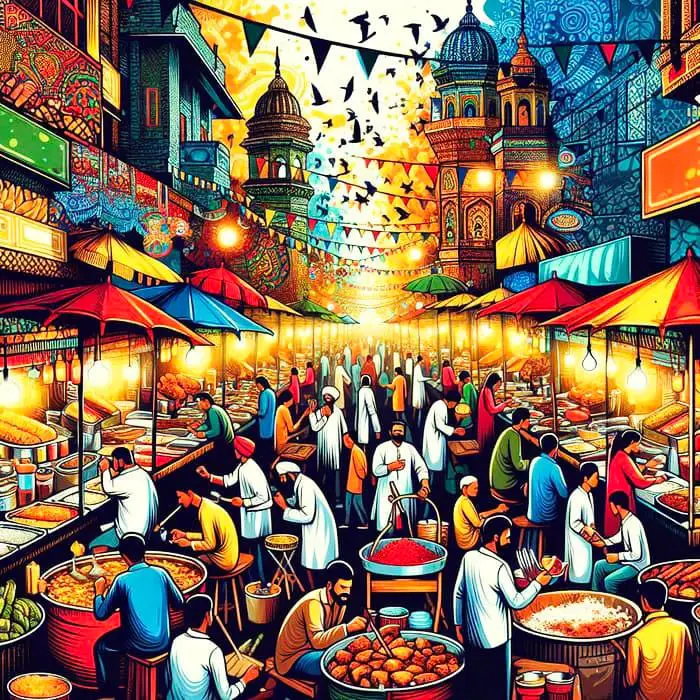Cultural : Meaning & Dimensions
Meaning of Culture:
Culture refers to the shared values, beliefs, customs, behaviors, and artifacts that characterize a group of people or society. It includes both material and non-material aspects, such as language, religion, traditions, laws, art, and social norms, which are passed down from generation to generation. Culture shapes how individuals in a society perceive the world, interact with each other, and make decisions, providing a sense of identity and belonging.
Dimensions of Culture:
Culture is multidimensional, encompassing various aspects of human life and society. Here are some key dimensions of culture:
- Language:
- Language is a fundamental dimension of culture, serving as a medium for communication, thought, and expression. It includes not just spoken words, but also symbols, signs, and body language.
- Importance: Language shapes how people interact and transmit cultural knowledge. Different languages can express unique concepts and worldviews.
- Example: English, Mandarin, Spanish, and sign languages.
- Values and Beliefs:
- Values are shared ideas about what is good, desirable, and morally right in a society. Beliefs are the convictions or assumptions that people hold to be true.
- Importance: Values and beliefs guide behavior, shape social norms, and influence decision-making processes.
- Example: Belief in individualism in Western cultures vs. collectivism in Eastern cultures.
- Norms and Social Practices:
- Norms are the rules and expectations by which a society guides the behavior of its members. Social practices include the everyday customs, rituals, and routines that people follow.
- Importance: Norms and practices regulate social interactions, ensuring order and predictability in society.
- Example: Greeting customs (handshakes, bowing) or table manners in different cultures.
- Religion and Spirituality:
- Religion includes organized systems of beliefs and practices centered around questions of existence, the universe, and life’s meaning. Spirituality may refer to individual or collective belief systems that focus on personal growth and connection to a higher power.
- Importance: Religion and spirituality play a key role in shaping cultural values, ethics, moral codes, and rituals.
- Example: Christianity, Islam, Hinduism, Buddhism, and indigenous spiritual practices.
- Social Structure:
- Social structure refers to the organized relationships between different groups in society, such as families, social classes, and political institutions. It determines how power, roles, and resources are distributed.
- Importance: Social structure shapes interactions and defines individual roles, responsibilities, and status within the community.
- Example: The caste system in India or the class system in Western societies.

- Art and Aesthetics:
- Art and aesthetics encompass the creative expressions of a culture, such as visual arts, music, dance, literature, and architecture. They reflect the society’s values, identity, and emotional experiences.
- Importance: Artistic traditions often serve as a cultural repository, preserving a community’s history, values, and identity through creative forms.
- Example: Renaissance art in Europe, traditional African dance, or Japanese haiku poetry.
- Material Culture:
- Material culture includes the physical objects, resources, and spaces that people use to define their culture. It can encompass everything from tools and technology to buildings, clothing, and food.
- Importance: Material culture is a visible representation of cultural identity and daily life.
- Example: The architecture of the Pyramids in Egypt or traditional clothing like the Japanese kimono.
- Technology and Tools:
- Technology and tools refer to the knowledge, skills, and equipment a society uses to manipulate its environment and solve problems.
- Importance: Technology shapes how people live, work, and interact, influencing economic activities, communication, and lifestyle.
- Example: The use of smartphones and the internet in modern culture or traditional tools in agricultural societies.
- Rituals and Traditions:
- Rituals are formalized, symbolic actions often performed at significant moments in life (birth, marriage, death). Traditions are the practices and customs passed down through generations.
- Importance: Rituals and traditions provide continuity, reinforce cultural values, and bring communities together.
- Example: Wedding ceremonies, religious festivals like Diwali or Christmas, or rites of passage like graduation ceremonies.
- Cultural Symbols:
- Cultural symbols are objects, gestures, or behaviors that represent ideas, values, or concepts specific to a culture. These symbols may have deep emotional significance.
- Importance: Symbols are a way to convey complex cultural meanings and foster collective identity.
- Example: National flags, religious symbols like the cross, or gestures like a thumbs-up.
- Customs and Etiquette:
- Customs are the habitual practices that are followed by members of a culture, while etiquette refers to the formal manners and behaviors considered appropriate in social interactions.
- Importance: They regulate interpersonal behavior and ensure smooth social interactions.
- Example: The custom of bowing in Japan or using formal titles in European countries.
- Economic Systems:
- Economic systems refer to how a culture organizes production, distribution, and consumption of goods and services. It encompasses trade practices, labor systems, and market dynamics.
- Importance: The economic system influences the material standard of living, social classes, and resource distribution.
- Example: Capitalism in the United States vs. socialism in Cuba.
- Education and Knowledge:
- Education includes the formal and informal transmission of knowledge, skills, and values. It shapes how individuals understand the world and their role within it.
- Importance: Education is essential for the transmission of culture across generations and for the development of a skilled and informed citizenry.
- Example: Formal schooling systems in Western cultures vs. traditional knowledge systems in indigenous cultures.
- Time Orientation:
- Time orientation refers to how a culture perceives and values time, including whether it focuses on the past, present, or future.
- Importance: Different cultural time orientations influence behavior, decision-making, and planning.
- Example: Western cultures tend to have a future-oriented approach, while many indigenous cultures may emphasize the present or past.
Each dimension of culture plays a role in shaping the way individuals and societies operate, reflecting the diversity and complexity of human societies across the world.
Share this content:


Leave a Reply